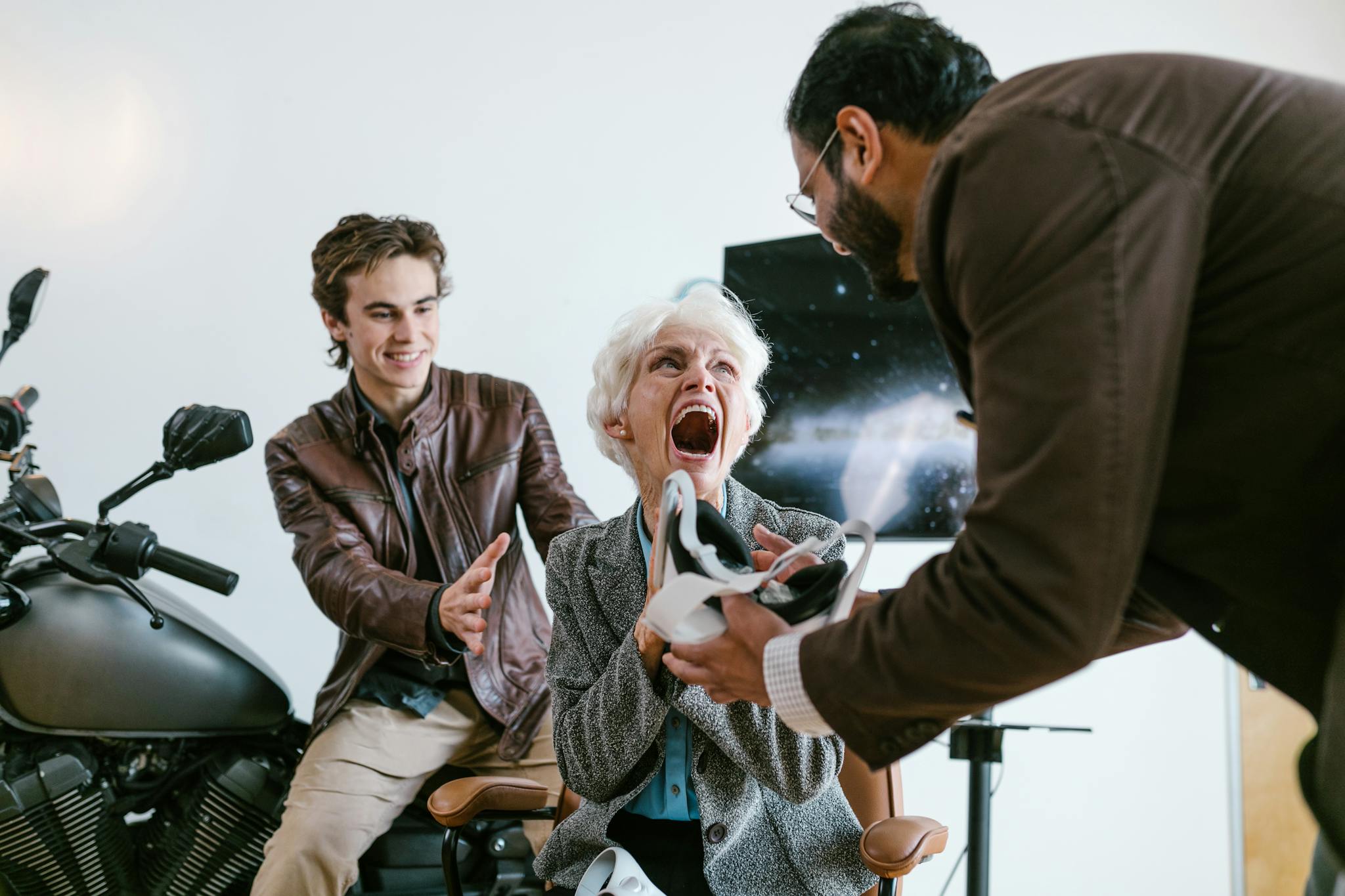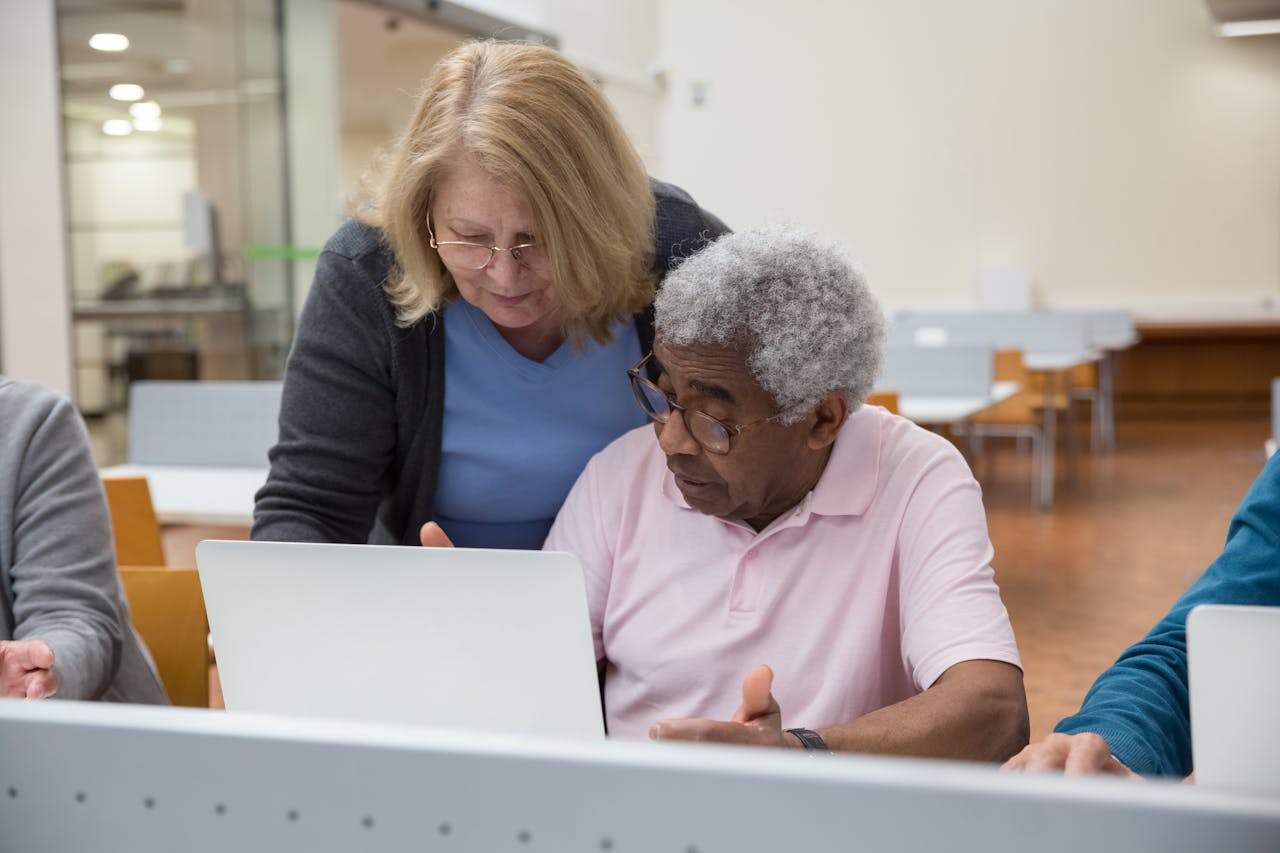Speech recognition technology refers to the ability of a computer system to identify and process human speech into a format that machines can understand and respond to. This technology utilizes complex algorithms and models, often based on neural networks and machine learning, to convert spoken language into textual or actionable output. Over the years, the evolution of speech recognition has been remarkable, progressing from simple command-and-control systems to sophisticated applications capable of understanding natural language, accents, and variations in speech patterns.
The journey of speech recognition began in the early 1950s, primarily focusing on isolated word recognition with limited vocabulary. As computer processing power improved throughout the subsequent decades, so did the capabilities of speech recognition systems, moving towards continuous speech recognition and broader vocabulary applications. The rise of the internet and advances in digital signal processing have substantially enhanced the accuracy and accessibility of this technology.
Today, speech recognition technology plays a crucial role across various sectors, including telecommunications, healthcare, automotive, and accessibility. The growing integration of artificial intelligence in these systems has enabled them to learn and adapt to individual users’ speech preferences and nuances. Importantly, this advancement has held particular significance for individuals with disabilities. For many, speech recognition serves as an essential tool, empowering them to interact with technology in ways that were previously thought impossible. This technology not only facilitates communication but has become instrumental in promoting independence and enhancing the quality of life for those with speech impairments or mobility challenges.
Understanding Disabilities and Communication Challenges
Communication is an essential aspect of human interaction, yet various disabilities can hinder one’s ability to engage effectively. Individuals experience an array of communication challenges due to different forms of disabilities, including motor impairments, speech disorders, and cognitive disabilities. Each type presents unique barriers that necessitate tailored approaches to communication.
Motor impairments can significantly limit an individual’s physical ability to produce spoken language. This condition may arise from neurological disorders, spinal cord injuries, or conditions such as cerebral palsy. Individuals with motor impairments often struggle with controlling vocal apparatus or even accessing traditional communication devices, leading to substantial frustration in expressing themselves. As a result, alternative methods, such as speech recognition for disabled individuals, can provide essential support by allowing them to communicate through voice commands or other adaptive inputs that accommodate their physical limitations.
Speech disorders, including aphasia and dysarthria, affect an individual’s ability to produce or process spoken language. These issues can emerge from traumatic brain injuries, strokes, or developmental disabilities. Those with speech disorders often face challenges in clarity and fluency, making it difficult for them to convey thoughts and feelings accurately. Traditional communication methods may not suffice, which emphasizes the need for specialized tools, such as software that utilizes speech recognition for disabled users, to enhance their ability to engage in conversations.
Cognitive disabilities, such as autism spectrum disorders or intellectual disabilities, can also impact communication. Individuals may struggle with understanding verbal cues, social nuances, or may find it difficult to generate responses. The complexity of these challenges calls for innovative solutions. Speech recognition technology offers opportunities to foster clearer communication pathways, allowing individuals to interact more effectively with their environment.
The Role of Speech Recognition in Enhancing Communication
Speech recognition technology has emerged as a vital instrument in improving communication, particularly for individuals with disabilities. By converting spoken words into digital text or commands, this technology enables users to interact with various devices and software more intuitively and effectively. It fundamentally alters the way communication challenges are addressed, providing people with disabilities the opportunity to speak freely and engage in both personal and professional environments.
One of the most significant applications of speech recognition for disabled individuals is in the realm of voice-activated devices. These devices allow users to operate household appliances, computers, and smartphones using their voice, eliminating the need for manual input. For example, individuals suffering from physical impairments may find it difficult or impossible to use traditional input methods such as keyboards or touch screens. Through voice recognition, these users can control their environments, enhancing their independence and overall quality of life.
Additionally, speech recognition software specifically designed for communication assistance plays a crucial role in helping individuals with speech-related disabilities. Programs that utilize natural language processing can interpret and respond to voice commands, facilitating smoother interactions. These tools help users compose text messages, engaged in conversations, or even control assistive technologies seamlessly, thereby reducing barriers and fostering inclusion.
Moreover, the advancements in artificial intelligence have led to more accurate and context-aware speech recognition systems. These innovations ensure better reliability in understanding diverse speech patterns, accents, and even emotional nuances, which is particularly beneficial for those who may have difficulty articulating their thoughts. As a result, speech recognition for disabled individuals is not just a convenience, but a necessity that empowers them to communicate more effectively, enhancing their social interactions and self-expression.
Case Studies: Success Stories of Individuals Using Speech Recognition
Speech recognition technology for disabled individuals has emerged as a crucial tool in enhancing autonomy and facilitating communication. Numerous case studies illustrate its transformative impact on the lives of those facing various physical challenges. One notable example is that of John, a man diagnosed with amyotrophic lateral sclerosis (ALS). With the progression of his condition, John experienced increasing difficulty in using traditional communication methods. By integrating speech recognition software into his daily routine, he regained the ability to interact effectively with his family and friends. The technology enabled him to control his environment, allowing him to manage household devices, access information online, and continue his work as a consultant. John’s story serves as a testament to the adaptation of speech recognition tools in improving quality of life.
Another inspiring case is that of Sarah, a woman who has cerebral palsy. For years, Sarah struggled with typing and using a standard keyboard due to motor control challenges. After adopting voice recognition systems, she found newfound freedom in her tasks. Sarah is now able to create documents, send emails, and even participate in video calls, which has significantly boosted her confidence and connected her with a wider community. The technology empowered Sarah to pursue her interests, including starting a blog that focuses on disability advocacy, providing an outreach platform for herself and others facing similar challenges.
Furthermore, the experiences of both John and Sarah highlight the crucial role that speech recognition plays not just in communication, but also in fostering independence. As these successes illustrate, technology that enables spoken language interaction can drastically change the landscape for disabled individuals, breaking down barriers and creating opportunities. These case studies exemplify the potential of speech recognition technology for disabled individuals to create more inclusive environments, proving that the integration of such tools is both impactful and essential for achieving greater autonomy.
Evaluating Current Speech Recognition Tools and Technologies
In recent years, speech recognition technology has made significant strides, paving the way for greater accessibility for individuals with disabilities. Various tools and technologies have emerged, catering specifically to the needs of users seeking to enhance their communication capabilities. The effectiveness, features, and accessibility of these tools can significantly influence the lives of people who rely on them. Among the prominent names in the market, systems like Dragon NaturallySpeaking, Google Cloud Speech-to-Text, and Microsoft Azure Cognitive Services stand out due to their robust performance and user-friendly interfaces.
Dragon NaturallySpeaking offers an advanced level of personalization, allowing users to train the software to understand their unique speech patterns over time. This adaptability can be particularly beneficial for individuals with speech impairments. Furthermore, it includes customization options that facilitate the creation of personalized voice commands, enhancing productivity for users. On the other hand, Google’s Cloud Speech-to-Text service is cloud-based and supports multiple languages, making it a versatile option for diverse user groups. Its continuous learning model allows it to adapt to different environments, which can be advantageous for users who operate in dynamic settings.
Another noteworthy solution from Microsoft, Azure Cognitive Services, extends options for users with disabilities by incorporating features like real-time transcription and multi-channel support. Its application flexibility allows developers to integrate speech recognition capabilities into various applications, expanding access to individuals with different needs. Additionally, emerging technologies such as AI-driven speech recognition tools show promise for delivering improved accuracy and responsiveness, particularly as machine learning algorithms evolve.
With ongoing advancements in speech recognition for disabled individuals, it is essential to evaluate these tools based on how well they meet user needs and optimize the overall experience. As technology continues to progress, future developments may bring even more innovative solutions that enhance communication for those with disabilities.
Challenges and Limitations of Speech Recognition Technology
Speech recognition technology has made significant strides in improving communication for individuals with disabilities. However, it continues to face a variety of challenges and limitations that can hinder its overall effectiveness. One of the primary hurdles is performance inconsistency in diverse environments. Background noise, such as chatter in a crowded room or static sounds from electronic devices, can drastically affect the accuracy of speech recognition systems. This is particularly problematic for users with disabilities who may rely heavily on this technology to communicate effectively.
Recognition accuracy remains another significant challenge, especially for users with speech impairments. Variations in speech patterns, pronunciation, and tone can contribute to difficulties in accurate recognition. Systems that utilize machine learning often require extensive data sets to train effectively, yet not all dialects and accents are adequately represented in these training materials. Consequently, individuals from different linguistic backgrounds may find that speech recognition for disabled individuals does not cater to their needs, leading to frustration and decreased usability.
Furthermore, accessibility is a crucial aspect that requires attention. Many speech recognition platforms are designed with the assumption that users possess a certain level of proficiency in standard language use. This can create obstacles for disabled users who may not fit within those parameters. For example, individuals with cognitive impairments or those who communicate through alternative means may find these technologies less accommodating, limiting their ability to engage fully in conversations or tasks that rely on speech input.
In conclusion, while speech recognition technology has the potential to empower individuals with disabilities through enhanced communication, it is essential to acknowledge and address the challenges and limitations it currently faces. This ongoing dialogue is vital for the development of more inclusive and effective speech recognition solutions tailored to the diverse needs of users.
Future Trends in Speech Recognition for Disabled Users
The landscape of speech recognition technology for disabled users is rapidly evolving, driven by advancements in artificial intelligence and an increasing emphasis on accessibility. Emerging trends indicate a strong shift towards personalized experiences, allowing for tailored interactions that cater to individual needs. By leveraging machine learning algorithms, future speech recognition systems are expected to better understand diverse speech patterns, accents, and speech impairments, enhancing communication opportunities for disabled individuals.
One significant trend is the integration of artificial intelligence (AI) within speech recognition software. AI-powered applications will not only improve accuracy in transcription but also facilitate contextual understanding. This means that the technology can adapt over time, learning from user interactions and refining its responses. Accordingly, users will receive a more responsive experience—one that evolves to meet their unique requirements. Furthermore, AI could provide features that allow the technology to predict user intentions, making communication even more seamless.
Personalization features are another crucial advancement on the horizon. Customizable user interfaces and individual voice profiles will empower disabled users to create environments that suit their specific preferences. For instance, technology may allow users to select a voice tone or speed that feels most comfortable for them, resulting in a more engaging and effective interaction. Moreover, the potential for multimodal interaction—combining voice recognition with gesture control or eye tracking—opens up new avenues for accessibility.
Future innovations in this field may also focus on enhancing compatibility with various devices and platforms. Ensuring that speech recognition technology for disabled individuals operates consistently across smartphones, computers, and smart homes will amplify its utility. This interconnectedness not only improves user experience but also fosters independence for individuals relying on these systems for daily communication.
Advocacy and Support Networks for Individuals with Disabilities
The empowerment of individuals with disabilities through advanced technologies, including speech recognition for disabled users, relies significantly on strong advocacy and support networks. Various organizations focus on promoting accessibility and inclusivity, helping to bridge the gap between technology and its effective implementation. These groups work tirelessly to champion the rights of individuals with disabilities, ensuring they have access to the tools and resources necessary to navigate daily life more easily.
Organizations such as the National Disability Rights Network (NDRN) and the American Association of People with Disabilities (AAPD) play pivotal roles in advocating for policies that support technological advancements. They emphasize the importance of speech recognition tools, highlighting their potential to enhance communication for those with speech impairments or mobility challenges. Through their advocacy efforts, these networks promote public awareness and contribute to shaping legislation that favors the development and distribution of assistive technologies.
Moreover, many support networks provide direct resources for users, caregivers, and advocates seeking information on the latest speech recognition technologies. For example, the Augmentative and Alternative Communication (AAC) Institute offers guidance on various speech recognition applications, ensuring individuals and families are well-informed. These resources often include training sessions, workshops, and online materials aimed at educating users on how to maximize the benefits of speech recognition systems in daily communication and interaction.
Community support groups also foster an environment where individuals can share experiences, challenges, and solutions related to speech recognition for disabled individuals. Such collaborations not only provide emotional support but also encourage the dissemination of best practices and success stories. As technology continues to evolve, ongoing advocacy and resource availability are essential in ensuring that individuals with disabilities can fully leverage the capabilities of speech recognition systems, thereby enhancing their quality of life.
Conclusion: The Road Ahead for Speech Recognition and Disability Inclusion
The advancements in speech recognition technology for disabled individuals have generated substantial discussion regarding their potential to empower lives and enhance accessibility. As highlighted throughout this blog post, these innovations serve as vital tools that facilitate communication, break down barriers, and promote independence for those with disabilities. The capacity of speech recognition systems to accurately interpret and respond to voice commands can significantly improve daily activities, from simple tasks like sending messages to more complex engagements such as online learning and job responsibilities.
However, the journey towards full inclusion is ongoing and requires a concerted effort from technologists, policymakers, and advocates alike. Continued research and development are critical in addressing existing limitations, particularly in ensuring that speech recognition software can effectively accommodate diverse dialects, speech patterns, and varying levels of vocal ability. Attention to user experience is also imperative; solutions must be tailored to meet the unique needs of different individuals, emphasizing customization and adaptability.
Furthermore, advocacy plays a crucial role in ensuring that speech recognition technology for disabled individuals receives the recognition, funding, and implementation it deserves. Engaging stakeholders—including disability rights organizations, educational institutions, and governmental bodies—will help to raise awareness of the necessity for inclusive technologies. By promoting accessibility in these tools and ensuring they are widely adopted, we can foster an environment where individuals with disabilities can thrive.
In conclusion, the advancements in speech recognition technology for disabled individuals present both opportunities and challenges. By continuing to innovate and advocate for inclusion, we can harness the full potential of these tools, helping to create a more equitable society where everyone has the chance to succeed based on their abilities. The road ahead is promising, and with collaborative efforts, we will continue to make strides in empowering individuals with disabilities.



